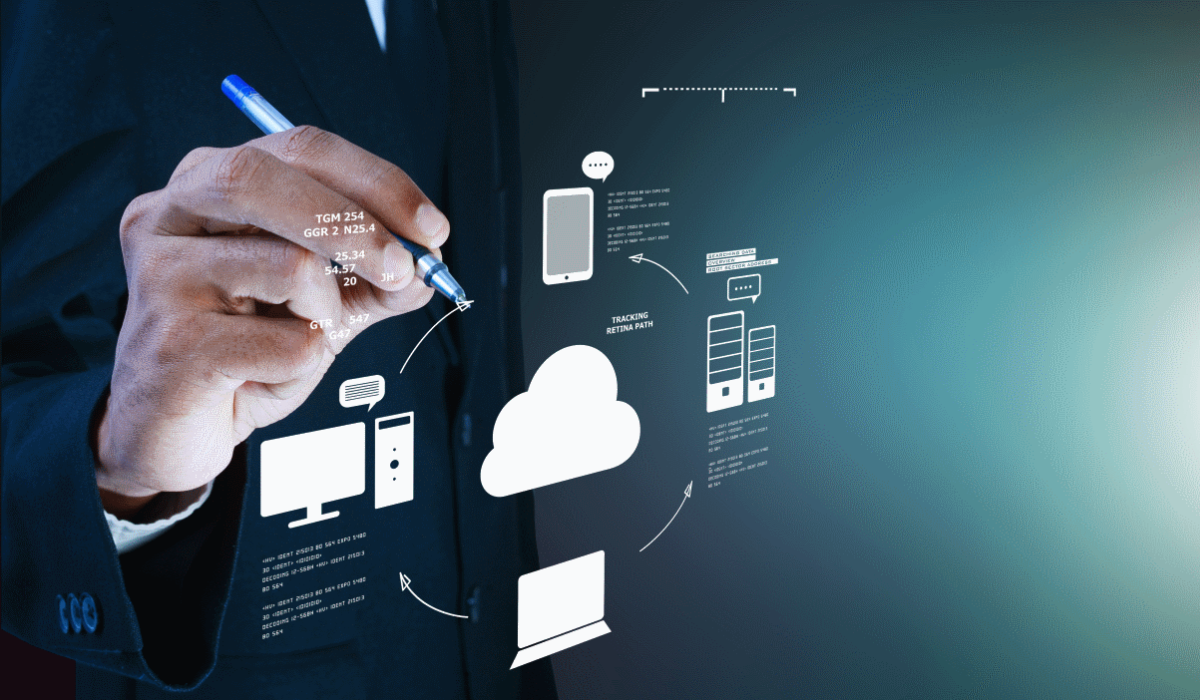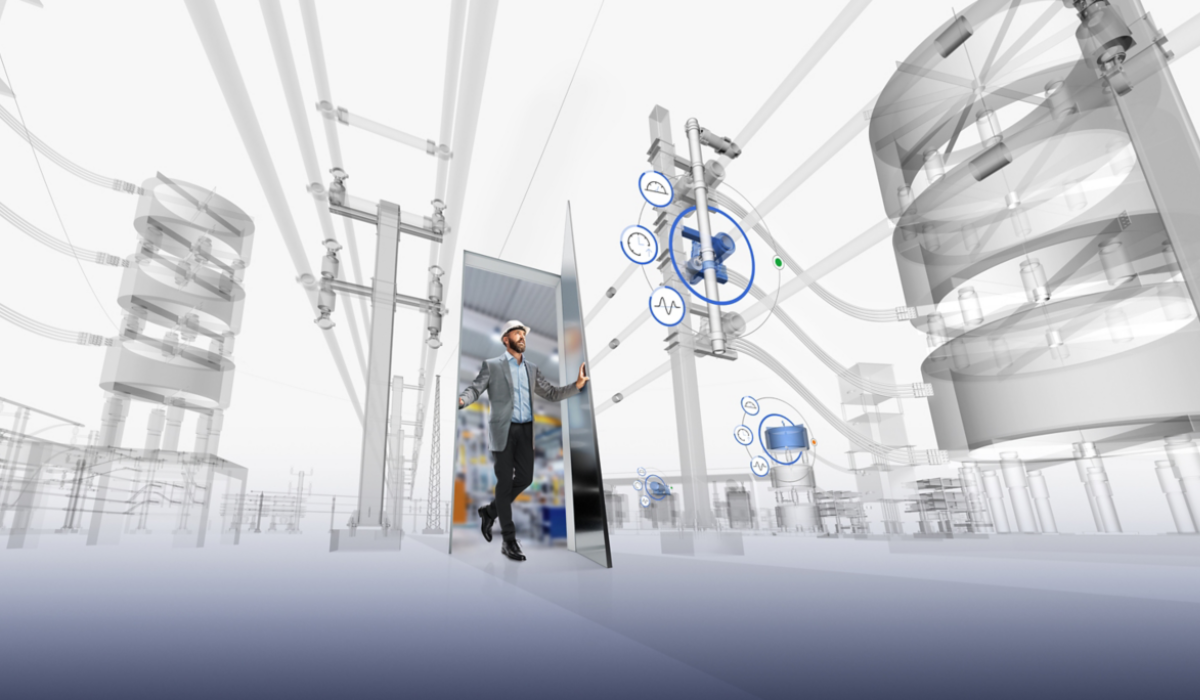AI, BIM, and Construction: How Is It Transforming the World?
Artificial intelligence (AI) is driving a revolution in the construction industry, especially in the field of Building Information Modeling (BIM). Thanks to this combination, construction is now more precise, efficient, and safe. BIM, known for enabling the creation of detailed digital models of projects, has found an ideal complement in AI, as artificial intelligence facilitates predictive analysis, automation, and real-time decision-making. This article explores how AI is transforming BIM and construction and highlights the key benefits of their integration.
AI and BIM: A Synergy for Efficiency
The synergy between AI and BIM allows construction companies to analyze large amounts of data and make informed decisions, resulting in more accurate building models and optimized processes. AI enables scenario simulations, behavior predictions, and optimization at every phase of a BIM project. Instead of relying on manual supervision for error checking, AI automates quality control, identifying potential issues before they become costly failures.
Key Benefits of AI in BIM
1. Predictive Analysis in Design
AI uses historical data and current conditions to predict how a structure will behave over time. By analyzing this data, potential design issues can be anticipated, allowing adjustments to the BIM model accordingly. This is essential for optimizing energy performance and enhancing user experience, enabling more sustainable and efficient construction.
2. Automated Quality Control
In the past, reviewing BIM models required thorough and manual supervision, but with AI, design errors such as conflicts in electrical or structural systems can be detected automatically. This not only saves time but also avoids costly modifications during construction, ensuring projects stay on schedule.
3. Generative Design
Artificial intelligence can automatically propose multiple designs based on specific parameters, such as efficient space usage and sustainability. This generative approach allows architects and designers to explore innovative options and select the best choice based on data, optimizing both the cost and functionality of the project.
4. Construction Process Optimization
Using AI tools, companies can optimize each phase of the construction process in real time. This includes everything from resource allocation to quality supervision on-site, enabling better planning and reducing operational risks. Continuous monitoring ensures that each phase meets established quality standards.
Practical Applications of AI in BIM
Workplace Safety
AI in BIM is a powerful tool for monitoring the work environment in real time, identifying risks such as falls or hazardous work zones, allowing for immediate implementation of safety measures. With AI systems, automatic alerts can be sent to the team to prevent accidents and protect staff integrity.
Predictive Infrastructure Maintenance
After construction, AI enables predictive analysis of material wear and infrastructure. This allows building managers to schedule maintenance before failures occur, optimizing resource use and reducing operational costs.
Sustainability in Construction
By analyzing energy consumption patterns and simulating material efficiency, AI tools help designers select sustainable options, reducing the environmental impact of buildings. This green approach is increasingly relevant and attractive for both companies and clients.
Challenges in Integrating AI and BIM
While the benefits are significant, implementing AI in the realm of BIM presents certain challenges. For example, specific training is required for industry professionals to manage both AI tools and BIM systems. It’s also necessary to invest in technological infrastructure and in integrating these technologies with the company’s existing systems.
Another relevant challenge is data management.
The accuracy of AI analyses depends on the quality of the data collected in the BIM model, so it’s essential to ensure a solid and up-to-date database. Additionally, concerns about privacy and cybersecurity in data management are increasingly critical, especially when working on large-scale projects.
Conclusion: A Look at the Future of Construction
The integration of AI and BIM is a growing trend that offers a range of benefits in terms of efficiency, accuracy, and sustainability in construction. This combination allows companies to reduce costs, improve workplace safety, and extend the lifespan of infrastructures. Although there are challenges in implementation, the adoption of these technologies is increasingly common, as they represent a significant competitive advantage.
As the construction industry continues to evolve, the synergy between AI and BIM is emerging as a key element for achieving more sustainable, efficient, and safe projects. The digital transformation in construction is just beginning, and with tools like artificial intelligence, the future of the industry promises unprecedented innovations.
JOIN THE NEW REALITY!



